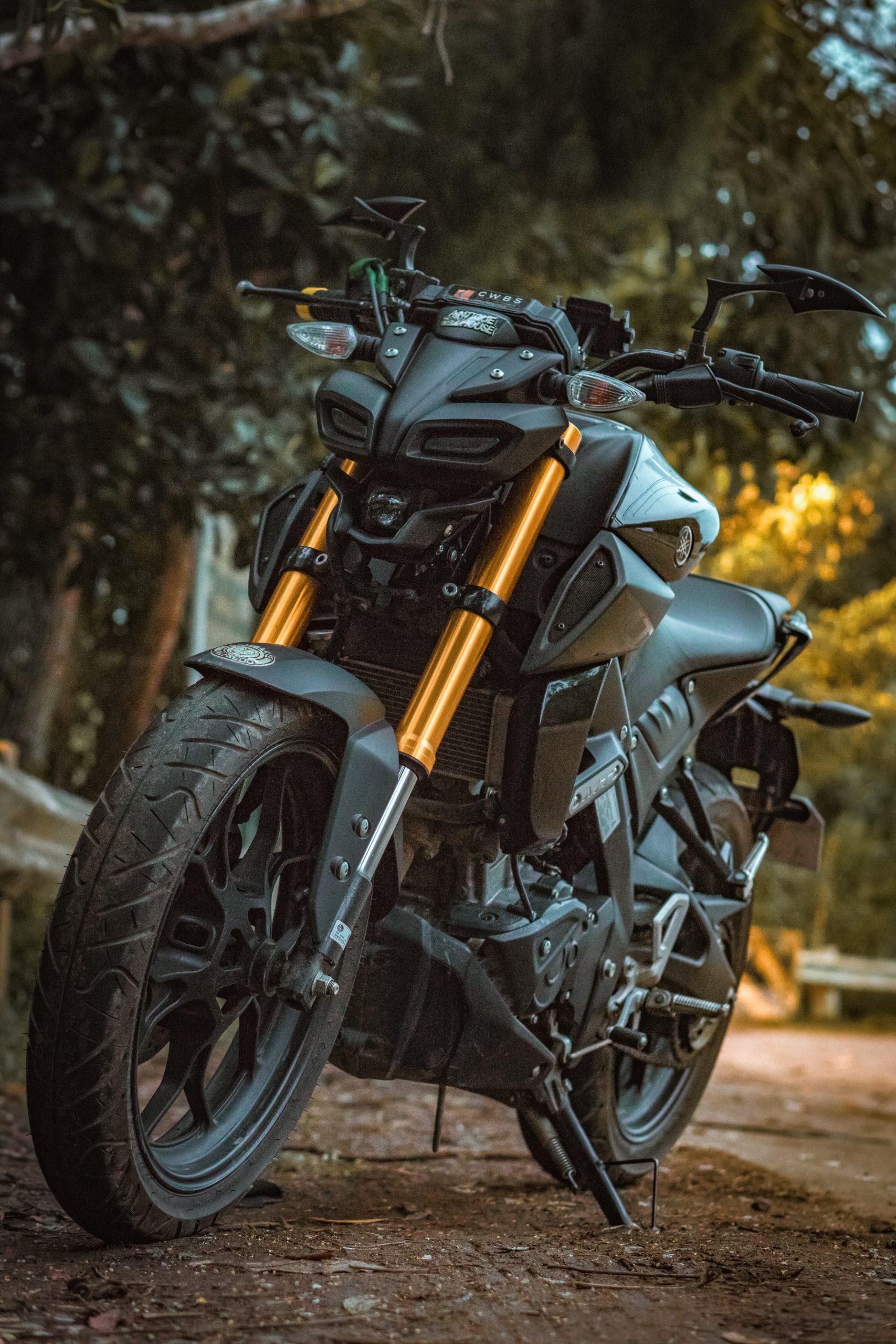- This topic has 26 replies, 6 voices, and was last updated 7 years, 10 months ago by
yogesh.
Help! Dead Battery
-
AuthorPosts
-
December 30, 2010 at 1:58 am #28971
TrialsRider
ParticipantThere are solar battery tenders available, I bought one but haven’t hooked it up yet. Eventually I can let you know if they are any good
December 30, 2010 at 4:42 am #28972kirk
ParticipantThat would be great. Let me know how the solar tender works out. Thank you.
December 30, 2010 at 5:22 pm #28973TrialsRider
ParticipantThe solar battery tender I acquired ( Canadian Tire 1 watt Powersports Solar Charger, product #11-1894-0 ) seems to lack any voltage regulation and a quick meter test shows the output voltage fluctuates from 0 to upwards of 19 volts. Is this a problem and should I not be adding some circuitry to regulate the voltage output? And, do I not need to make it directional?
The product features list implies that “Built-in overcharge/discharge protection” is built in, but I can’t see anything here other than a melt down fuse to support that claim.
…input would be greatly appreciated, before I go and cook some selenium thx:)
December 30, 2010 at 7:25 pm #28974Gary856
ParticipantI can’t make specific conclusions les I make a fool of myself. I did just look at their website and the limited product description, and I must say that I have doubts about this product. Not saying that I know it wouldn’t work; just saying I’m not convinced that it would.
You saw 0-19 V fluctuatin with a steady light source (i.e., sunlight)? Beats me why – doesn’t seem normal unless the sunlight intensity was changing accordingly during your measurement. You’re right, if its output is unregulated like that, how’s it supposed to charge a battery?
December 30, 2010 at 7:54 pm #28975TrialsRider
Participant…The voltage range was measured in conditions ranging from low light through to full direct light conditions.
I think I need to drop another 40$ for a #11-1890-8 before I have a fully operational Death Star.
Thanks for the inputDecember 31, 2010 at 12:17 am #28976Gary856
ParticipantI thought a bit more and realized I missed something earlier, and this gadget just might work in principle.
As you already saw, you measured 0-19V as the light intensity changed. This is “open circuit” voltage that you measured with a dc meter, with no current flow. The analogy for “open circuit voltage” (i.e., no electrical current flow) is static pressure in a pipe, with no water flow.
Let’s say your battery is at 12.5V, and charging would occur when your charger’s output voltage rises above 12.5V. So:
– When the charger’s output voltage is at or below 12.5V, no current will flow, i.e., no charge. The charger just needs to have a diode (like a one-way valve for current) to prevent draining the battery, since the battery, being at a higher voltage than the charger, would attempt to force current back into the charger without the diode (one-way valve).
– When the charger’s output voltage start to rise above 12.5V, current starts to flow from the charger to the battery, i.e., charging. The more intense the light is, more current would flow from the charger to the battery, but the voltage would only go up gradually as the battery charges. Why? A charger is like an electrical pump. Think about an air pump analogy here. A small bicycle pump can pump up a skinny bike tire to over 100psi quickly. But, if you try to use it to pump up an air mattress, no matter how fast/hard you pump, the pressure will build up extremely slowly, since the there’s a lot of air volume to fill. On a solar charger, with very limited current producing capability, charging the battery is like using a bicycle pump to fill a mattress. It’ll slow charge/fill, and the voltage/pressure would only build up slowly.
I hope this makes some sense, since I struggled to put this into words. Please, no more electrical questions; let’s go back to talking bikes.
January 1, 2011 at 11:23 pm #28981Jeff in Kentucky
ParticipantA little more battery info-
A battery will lose 1% of its charge per day just sitting there doing nothing. Trickle charge the battery at least once a month if the bike is not ridden. Most motorcycle batteries only last 2 to 3 years.
I have found that it is best to use a 1 Amp or smaller trickle charger. Most motorcycle batteries are small and just can’t take a high rate of charge.
When you start the engine, you need to have the engine faster than idle for at least half an hour, to get the battery charge back to where it was before starting the engine.
most of this is from http://www.dansmc.com/batteries.htm
January 6, 2011 at 2:00 am #29003kirk
ParticipantThank you Jeff. That was a very informative article. I still have not gone looking for a new battery since the temp has dipped a lot in the last week. Maybe in a month or so when it starts to get warm here again. Well, to those still riding, be safe and enjoy!!
January 2, 2015 at 2:08 pm #29695Anonymous Rider
GuestI bought a new battery yesterday but my motorcycle died on me while I was riding and now it wont start
January 4, 2015 at 8:08 pm #29697Ben
ParticipantDid you check your battery connections? Maybe they came loose while riding and you didn't tighten them enough.
June 24, 2016 at 11:31 am #30241yogesh
GuestIf you ride just once in a week then it's enough for battery charging. But your bike battery is not much older. You will have to ride at least more than 30 km. Get the bike serviced time to time and clean battery terminals for longer battery life.
June 24, 2016 at 11:33 am #30242yogesh
GuestIf you ride just once in a week then it's enough for battery charging. But your bike battery is not much older. You will have to ride at least more than 30 km. Get the bike serviced time to time and clean battery terminals for longer battery life.
-
AuthorPosts
- You must be logged in to reply to this topic.



